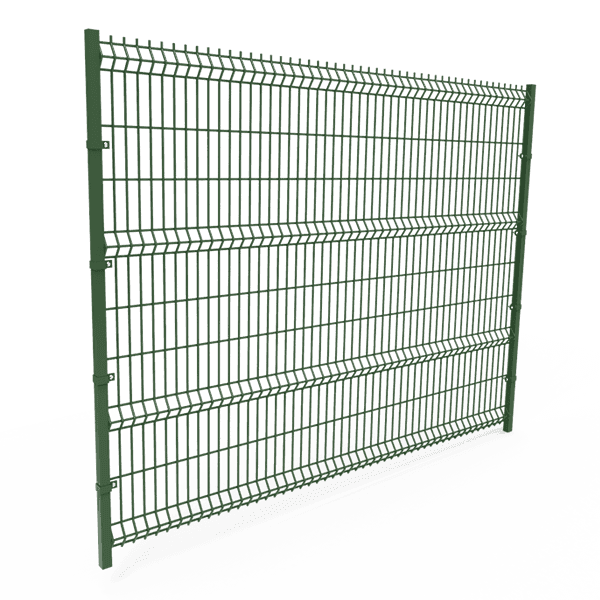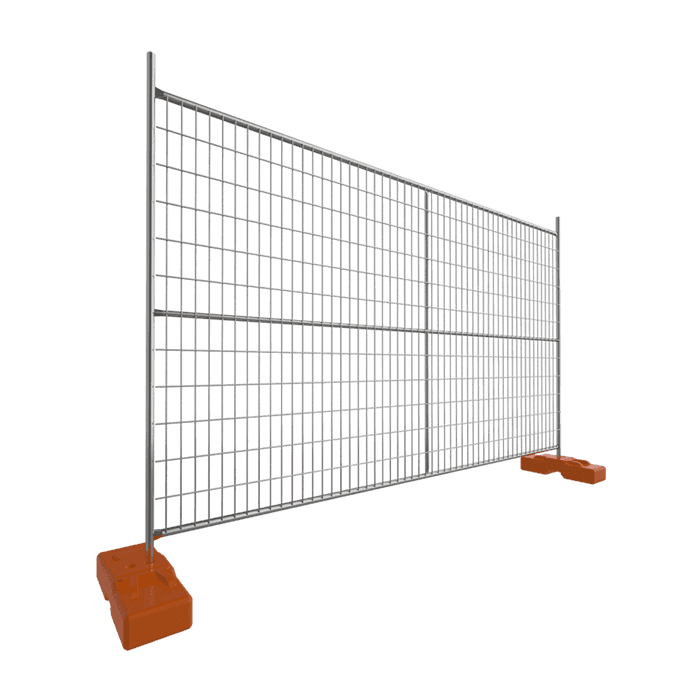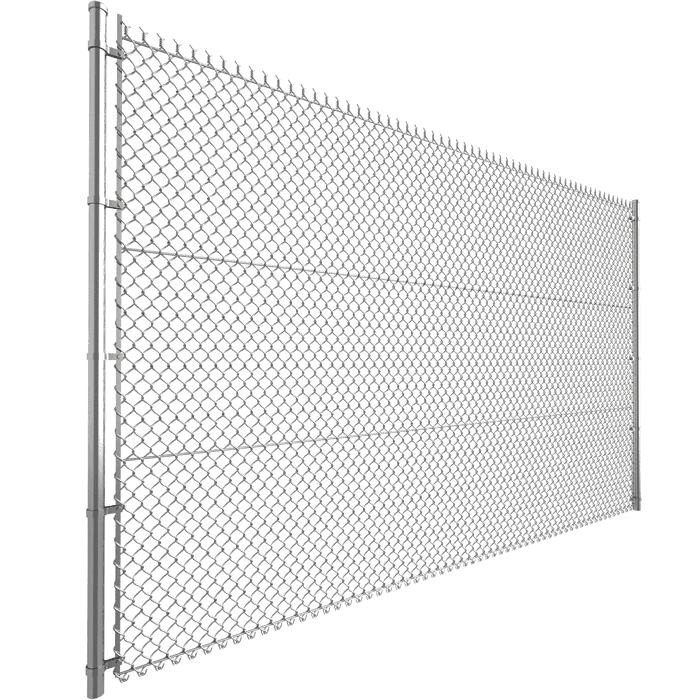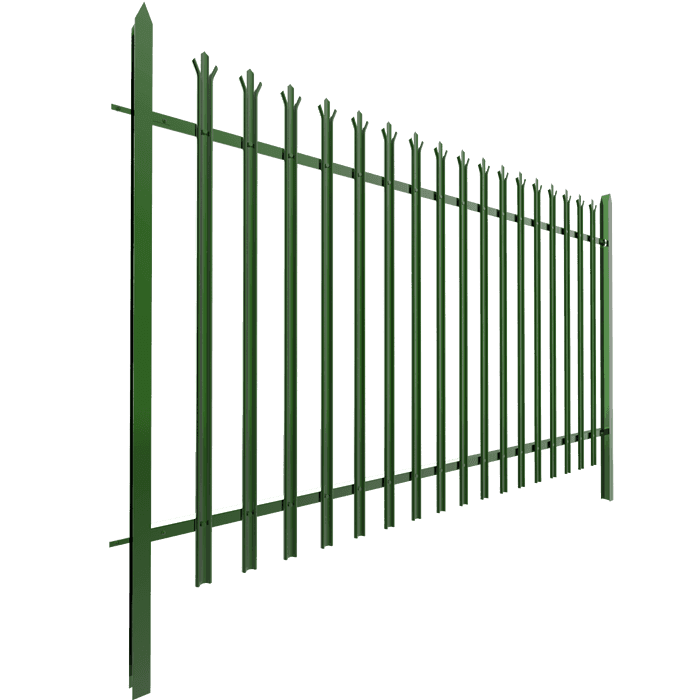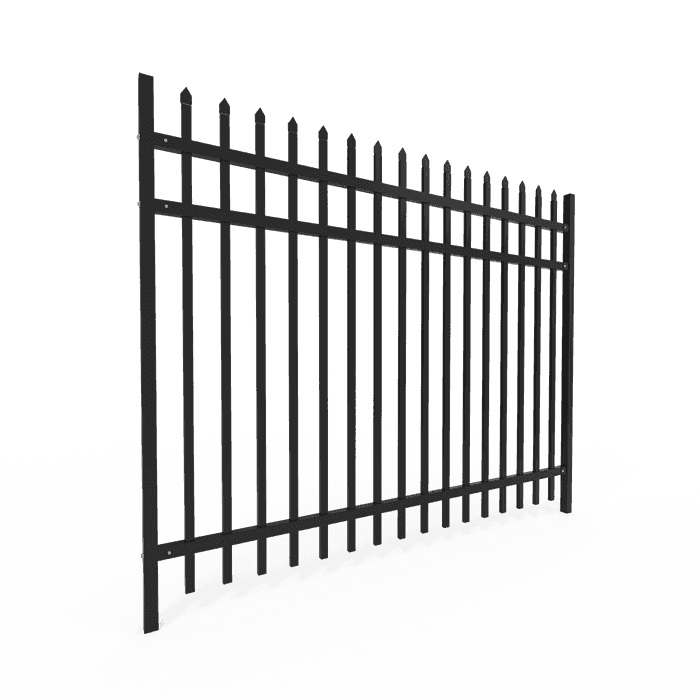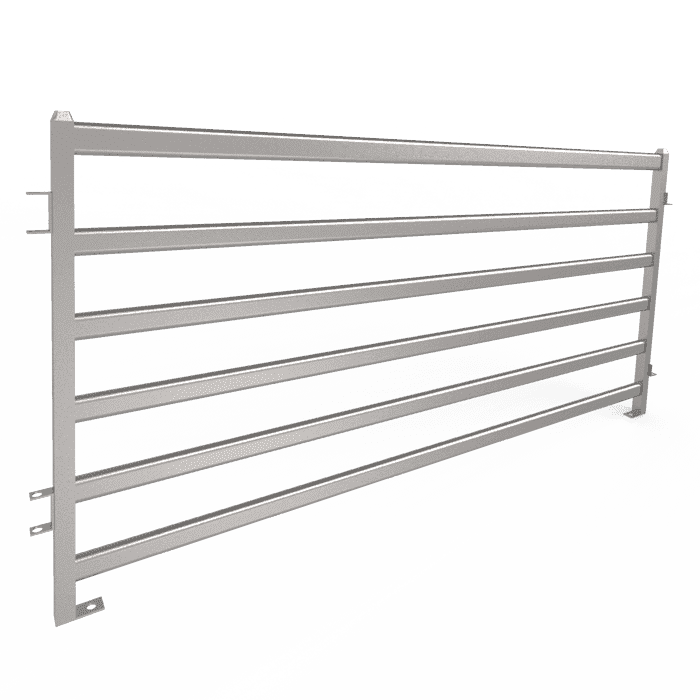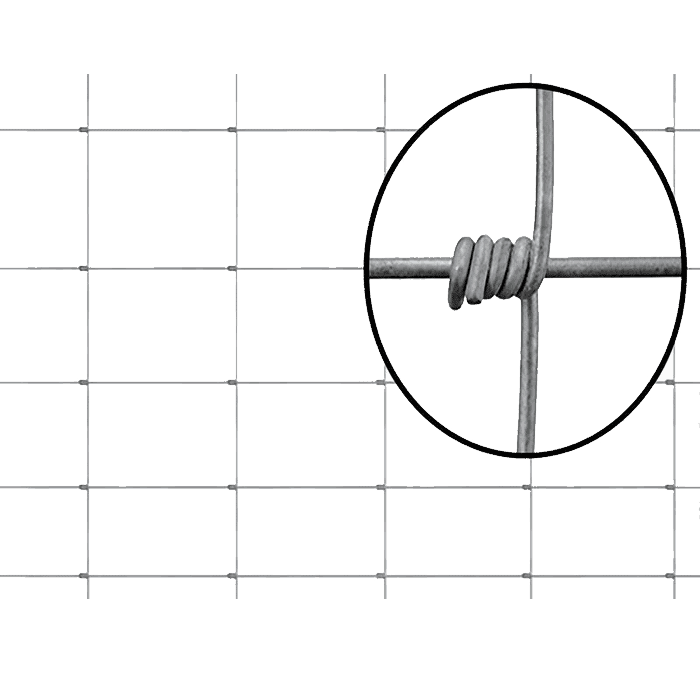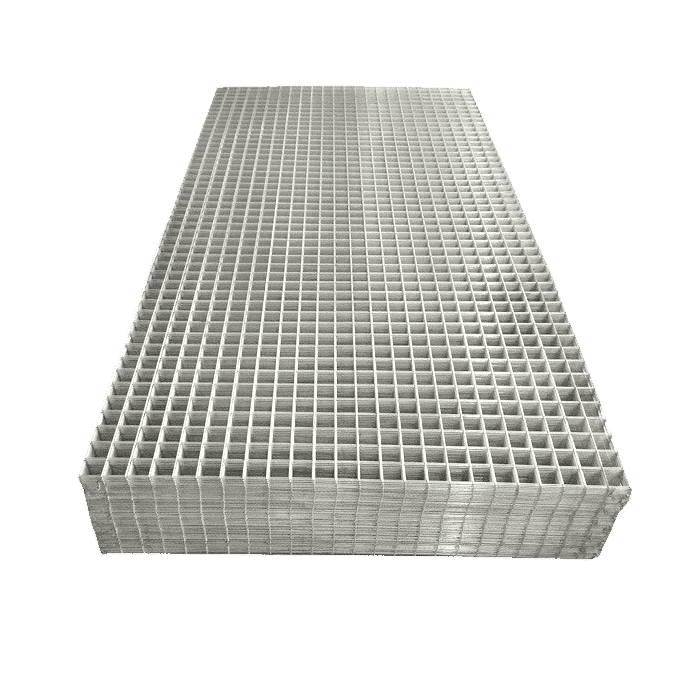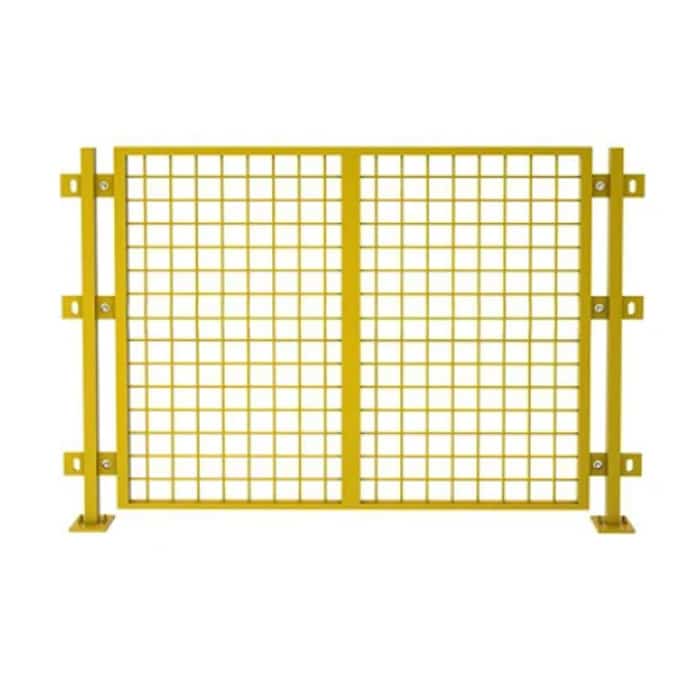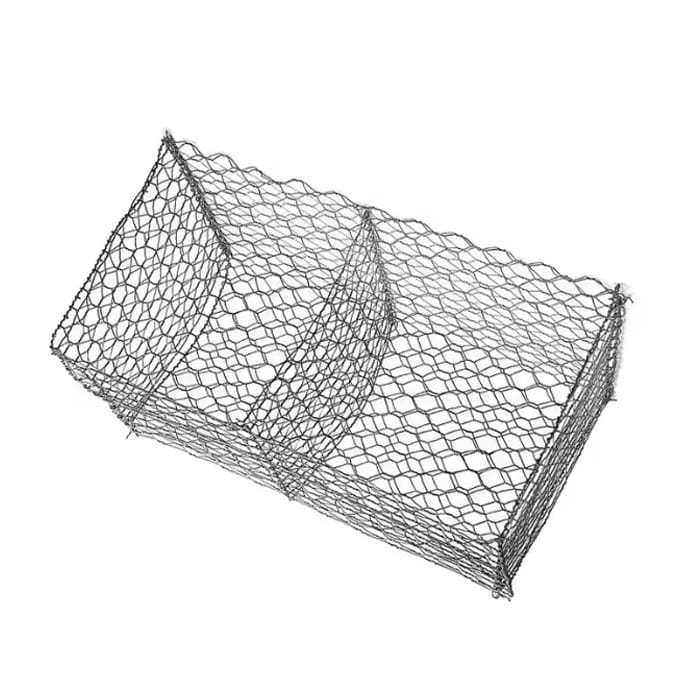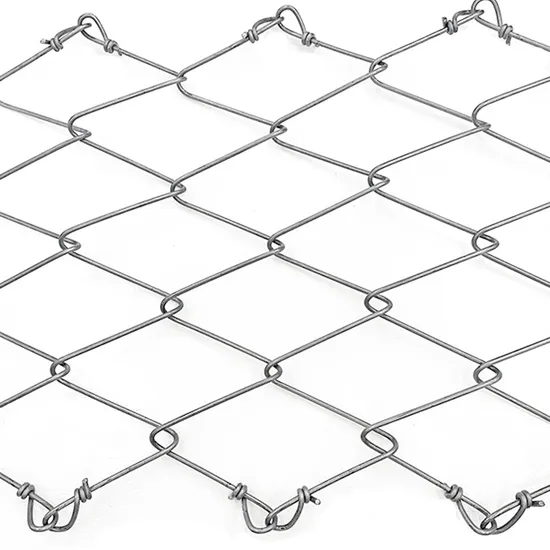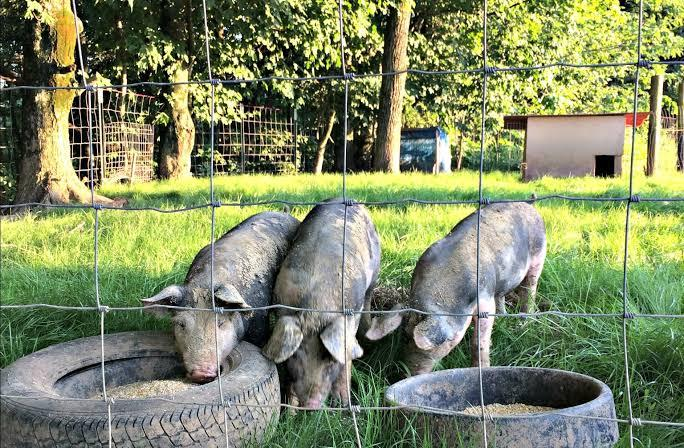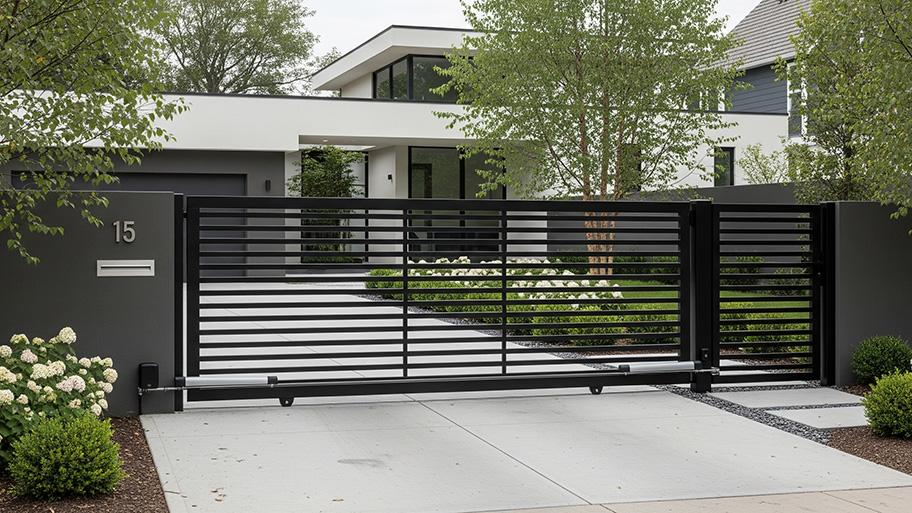Table of Contents
Increasing the height of your fence could significantly change your property, whether you want more privacy, more security, or just want to keep inquisitive pets and wild animals out. In today’s society, where outdoor spaces are growing more precious, homeowners are turning to improvements on their current fencing rather than looking to replace it completely.
A reasonable and practical approach to not just boost functionality but also enhance the general look of your yard is fence heightening. However, raising a fence is not as simple as adding several extra boards or panels. It calls for precise preparation, appropriate materials, and knowledge of local laws
This Fence Heightening Guide is here to guide you through every stage, from material selection and precise measuring to designing, building, and reinforcing your upgraded fence, so you may realize why. Whether you’re a first-time DIYer or a seasoned one, this manual will assist you in appropriately elevating your fence.
Part 1: Choosing materials for heightening fences
One of the first stages in a good fence heightening plan is material selection. The materials you select not only define the endurance and longevity of your fence but also influence its look, care requirements, and fit with your current construction.
Your choice of materials must match both function and design, depending on your goals, whether they are more privacy, more security, or a cosmetic enhancement. Here are some of the materials used in fence heightening:
1. Wood
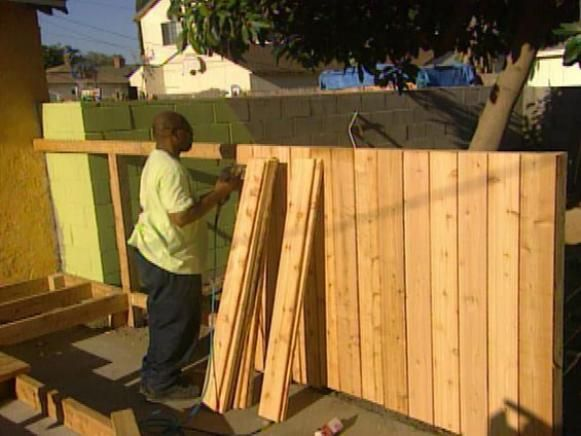
Heightening fences may be achieved using a timeless and adaptable material: wood. It may be cut or sculpted to meet your particular needs and easily blends with the majority of current wooden fences. Popular options because of their natural resistance to rot and insects are cedar, redwood, and pressure-treated pine.
From solid panels for seclusion to lattice tops for a decorative touch, wood provides several design alternatives. Remember that wood needs regular staining or sealing maintenance to guard against weather-related deterioration.
2. Vinyl
The other option is Vinyl fencing. This type of fencing offers a low-maintenance, long-lasting substitute for wood. For homeowners who want a long-lasting solution without regular maintenance, it is perfect since it will not rot, warp, or fade over time.
Vinyl panels come in several designs and hues; some systems provide extension kits expressly meant to raise current vinyl fences. Although vinyl could be more expensive initially, its longevity usually makes it worthwhile over time.
3. Metal
Metal options like aluminum, steel, or wrought iron are strong, secure, and visually striking. They’re excellent for properties that need enhanced security or have modern or industrial aesthetics.
Metal fence extensions can include vertical add-ons like bars or decorative toppers. While metal is generally low maintenance, it can be prone to rust if not properly coated or maintained, especially in wet climates..
4. Composite
Composite fencing uses recycled plastic and wood fibers to mimic the look of wood while providing the durability of synthetic materials. It doesn’t need staining or painting, is insect- and weather-resistant.
For environmentally aware homeowners searching for a low-maintenance yet attractive alternative, composite is a great choice. Generally, though, it is more costly and denser than wood or vinyl.
Part 2. Measure the height and length you need to add to the fence
Exact measurement is completely essential before you purchase supplies or start your fence heightening work. Knowing precisely how much height and length you need guarantees you buy the right amount of supplies, keep visual consistency, and follow local regulations or neighborhood association guidelines. Wrong measurements might cause waste of materials, poor structural integrity, or an uneven appearance.
1. Evaluating Present Fence Height
Begin by checking your fence’s present height at various points along its length. Especially if the ground is uneven, fences can droop or tilt somewhat with time, thus it’s crucial to measure several in place of assuming the whole fence is the same height. For precision, employ a trustworthy tape measure or a laser distance measurer. To calculate your total height addition, pay attention to the tallest and smallest points.
2. Finding the wanted height
After evaluating the existing height of your fences, determine the desired height for the new fence. Standard residential fences are usually 4 to 6 feet tall, but for more privacy or security, you may want to extend them to 7 or even 8 feet, if permitted by local regulations. Since many municipalities and HOAs have rules, especially for front and back yard fences, make sure to check fence height restrictions in your region.
Once you know your present height and your target height, subtract the former from the latter to determine how much more height is needed. For instance, if your existing fence is 5 feet tall and you wanted to raise it to 7 feet, you would need to increase 2 feet in height.
3. Measuring the Length to Be Heightened
Now, measure the overall length of the fence parts you plan to raise right now. Run a tape measure over the whole span, including posts or gates that could also need to be adjusted. Remember to consider corners, slopes, or fence line breaks since these might need custom fitting.
To estimate the total square footage of extension material you will need, multiply the length by the height you intend to add. To allow for errors, trimming, or future repairs, it’s usually recommended to buy a little more than the precise amount, 10% extra.
Part 3. Design of fence heightening scheme
A thoughtfully designed and practical heightening scheme is necessary for the success of the upgrade. A well-designed scheme will ensure that the raised fence will be secure, durable, aesthetically pleasing, and compliant with local codes. Have an accurate design drawn up before the building begins that takes into account your requirements and existing fence style, as well as practical concerns.
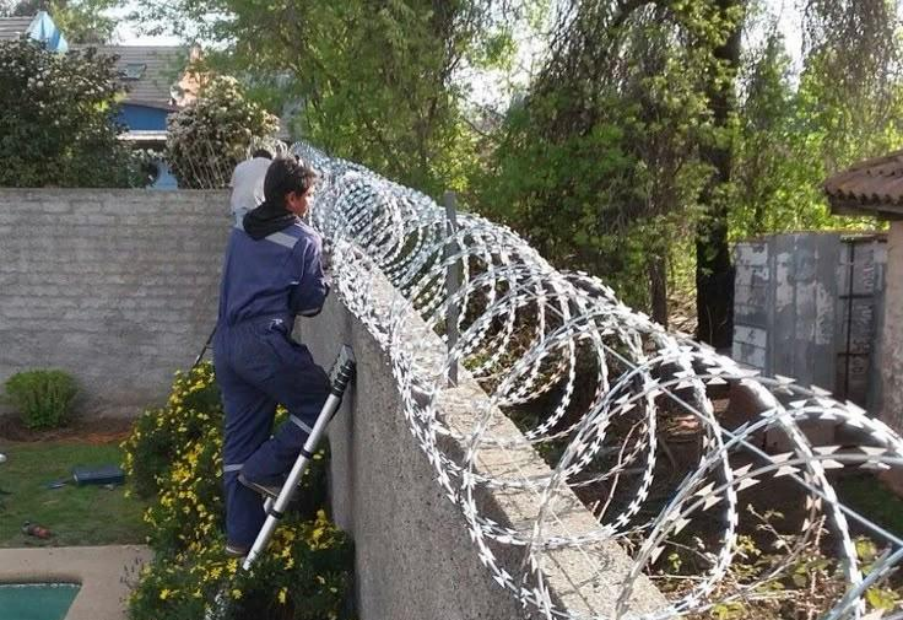
1. Establish Your Purpose
The first step toward designing a heightening scheme is to identify the prime reasons for the raising of the fence. Perhaps it is increasing privacy, enhancing security, lessening noise, or safely containing pets and children. Each purpose could influence the design. For instance, a privacy upgrade might entail solid panels or trellis extensions, whereas a security upgrade may require metal spikes or anti-climb toppers.
2. Match the Existing Fence Style
Aesthetic consistency is very important, especially when you are only heightening one side of the fence. Use materials, colors, and finishes that match or complement your existing fence. If you do decide to mix materials, do it deliberately; for instance, a wood lattice added to a vinyl fence can create an artistic, garden-style appeal. The opposite outcome is that it ends up looking disjointed and perhaps unprofessional.
3. Structural Integrity
Your design should take into consideration the load added height will inflict on the existing fence. The higher the fence, the higher the wind is caught, causing greater stress on fence posts and panels. The reinforcement and sometimes complete replacement of old posts for added weight and increased height may become necessary. Provide support brackets or longer posts with some cross beams if needed.
4. Extension Types
Various options exist in terms of fence heightening:
- Lattice Panels:Ideal for privacy and splendor, without blocking light or airflow.
- Post Extenders:Metal or wooden brackets to which new panels or boards can be attached on top of existing posts.
- Full Panel Extensions: Full-size additional fence panels are installed above the existing fence directly for a more uninterrupted look.
- Decorative Toppers:Trellises, horizontal slats, or iron grilles provide height while keeping their presence light.
5. Regulatory Compliance
Check always with local building codes or HOA guidelines. Many jurisdictions impose limits on residential fence height, especially in front yards or on corner lots. Some may require permits for modifications.
If well planned, the design will ensure that the fence heightening project will be fulfilling in terms of function and aesthetics, built to last, and within all legal bounds. Map out your design or solicit a drawing from a professional so that you can visualize the result.
Part 4. Buy the right fence and installation tools
Once all the measurements and design plans have been finalized, you may proceed to purchase the materials and tools pertinent to the fence-heightening project. Going for high-quality materials and having the proper tools available ensures a smooth installation procedure, a safe working environment, and a professional-looking finish.
Selecting Fence Extension Materials
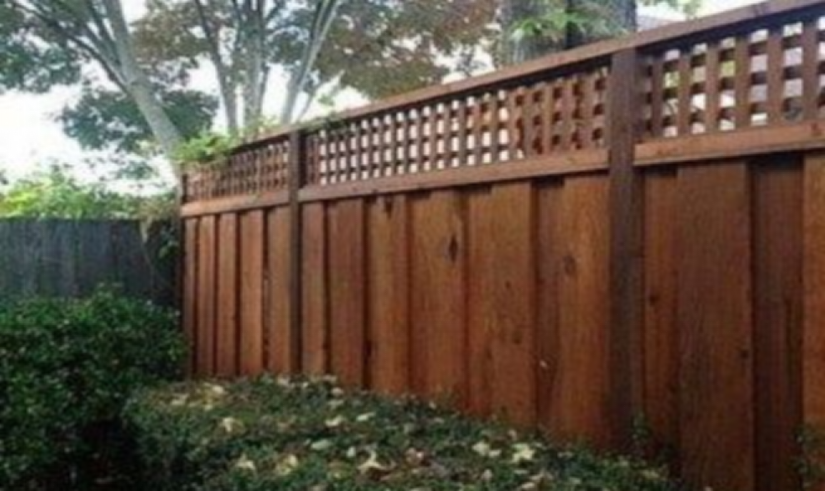
Begin by choosing materials that either complement your current fence or meet your aesthetic desire. If the current fence is of wooden construction, it is generally best to buy the same kind of wood (cedar, pine, or redwood) to maintain uniformity in appearance and durability. For vinyl or metal fences, check for compatible extension kits or modular panels fabricated by the same producer.
Essential Installation Tools
Having the right tools on hand is just as important as the materials. Here’s a list of commonly needed tools for a fence heightening project:
- Tape Measure and Level:For accurate measurements and to ensure your extension is straight.
- Power Drill or Screwdriver:Needed for securing brackets, panels, or boards.
- Saw (Hand or Power):Useful for cutting wood or composite materials to size.
- Post Hole Digger or Auger:Only necessary if you need to reinforce or add new posts.
- Hammer or Nail Gun:For wooden extensions, depending on your fastener choice.
- Screws or Nails:Choose galvanized or stainless steel to prevent rust.
- Work Gloves and Safety Goggles:Essential for personal protection during installation.
Part 5. Raise the Fence as per the Plan
Having your design set and supplies, and tools in hand, it’s now time to lift your fence as planned. This phase calls for careful execution to guarantee your long fence is stable, straight, and aesthetically comparable. Whether you are working alone or with assistance, a step-by-step approach will help the task become simpler and more productive.
Step 1. Get the current fence ready.
Check your current fence to make sure it is in good condition before adding any extensions. Search for loose boards, feeble posts, or indications of rust or rot. Strengthen or repair damaged areas so the added height may be accommodated by the structure. Clean the fence surface if necessary—removing dirt or mildew helps with secure attachment, especially if using adhesives or brackets.
Step 2. Install post extenders
If your fence-raising plan calls for adding height to the posts, start by fastening post extenders. These, which come in wood or metal, are made to mount on top of current posts firmly. For a tight grip, use screws and a power drill. Ensure every extender is level and in line with the others across the fence line.
Step 3: Include extensions or fence panels
Once the extensions are attached, connect your heightening panels. This might consist of pre-constructed extension pieces, extra slats, or lattice panels. Your material may dictate whether you screw panels, nail them, or fit them into brackets. Utilize a level often to make sure everything stays straight and constant.
Step 4: Fasten Connections and Joints
To guarantee there are no loose or unstable areas, tighten every screw, bolt, and fastener. Should your extension include overlapping materials or joints between new and existing fence components, strengthen them with more brackets or support blocks.
Step 5: Use finishing touches
When working with wood, consider sanding uneven edges and applying a stain or sealant to protect against UV damage and moisture. A short rinse will maintain the panels clean and ready to last, whether they are made of vinyl or composite.
Part 6. Ensure the safety of the raised rear fence
Once your fence has been properly raised, especially if it is a rear fence that gives your property security and privacy, you must guarantee its safety and structural integrity. Especially during strong winds, heavy rainfall, or when children and pets engage with it, a badly supported extension can pose a risk.
Evaluate structural stability
Start by looking at every connection, particularly where the new extension meets the current fence. Check that panels are flush with the original structure; tighten any loose screws, brackets, or bolts. Give careful consideration to fence posts since they carry most of the extra weight.
Wind Resistance
A tall fence offers more wind-catching surface area, hence increasing the tipping hazard. Use wind-friendly materials like lattice or spaced slats permitting airflow to help you here. With solid panels, diagonal braces or crossbars can help support balance and strength during storms by reinforcing the back of the fence.
Secure Loose Elements
Every component, panels, toppers, fasteners, and decorative elements, should be double-checked for security. Weather or creatures can readily dislodge loose latticework or decorative tops. Immediately fasten any portion of the extension that wobbles or rattles with screws or extra bracing.
Apply Weatherproofing
If your raised fence is made of wood, apply a water-resistant sealant or paint to protect against rot, mildew, and warping. For metal components, check for rust and treat it promptly with rust-resistant paint or coatings. Vinyl and composite materials should be cleaned regularly to maintain their integrity.
Conclusion
Fence heightening is such a practical and rewarding improvement for privacy, security, and aesthetics. By picking the materials properly, the measurements accurately, the plan firmly, and the tools correctly, one can almost be sure that the final product carries a professional look to it.
More important than the installation would be to ensure that the fastest sculpt is durable and could withstand the weather. Extending a wooden fence with lattice or adding vinyl panels to increase height requires care for details and safety to allow it to last. The newly raised fence is going to do a good job for you, if done the right way.

